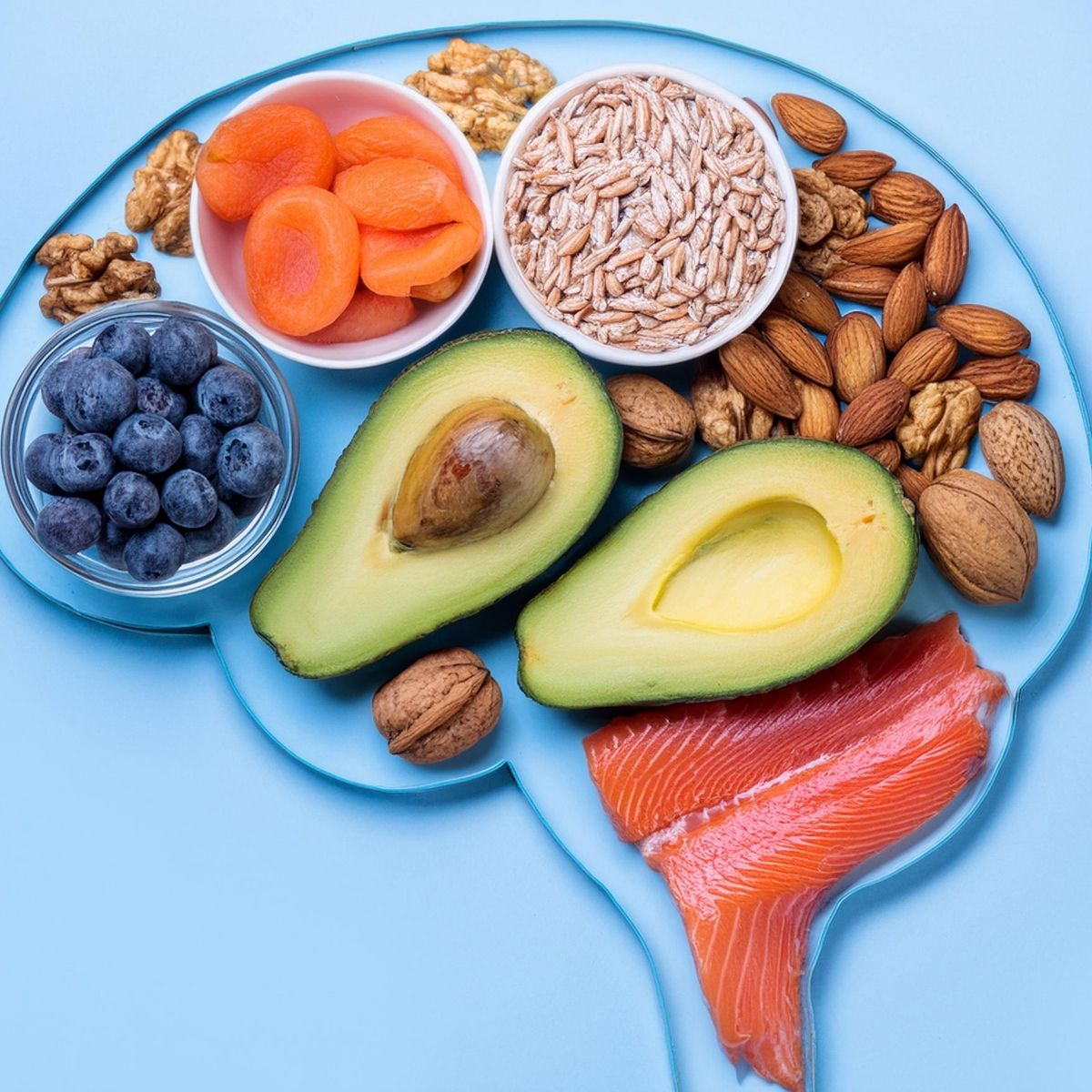Glycemic Index and Type 2 Diabetes
Written by: Sarah Colvert
4 minute read
January 3, 2019
The phrase “glycemic index” can seem intimidating when first learning about what a diagnosis of type 2 diabetes entails. It sounds prohibitively technical and obscure, a phrase meant perhaps for physicians, nutritionists or other specialists with esoteric understanding.
The glycemic index (GI) is a scale that tells you which carbohydrate sources of food raise your blood sugar higher and faster than others. The index measures on a scale of 0 to 100. Foods are organized into GI ranges and the higher the range, the higher and faster those foods raise your blood sugar. Meat and fat sources of food aren’t listed on the GI because they don’t contain carbohydrates. People with type 2 diabetes should aim for foods on the low to medium parts of the GI, where food will digest and blood sugar levels will rise slowly. The use of the glycemic index may be helpful for those who prefer to not count carbohydrates.
Glycemic Index Ranges:
Low GI – 0-55
Medium GI – 56-69
High GI – 70 to 100
There are patterns to help you determine how certain foods are likely to rank on the index. Generally, processed foods rank at the higher end of the scale, as do foods that are cooked for longer periods of time. Foods with more fiber will generally fall to the lower end of the scale. In regards to fruit, the riper the fruit, the higher the GI. Keep in mind that the GI of a food can change, depending on such factors as a food’s freshness, how long it’s been cooked, the way it’s prepared, the variety you choose and what other food you might consume along with it. If you’re eating processed food or other food with a high GI, for instance, you can balance it with low GI foods in the same meal.
What relationship do carbohydrates have to the GI?
Only foods with carbohydrates in them are ranked on the GI. A carbohydrate is one of three main macronutrients in food. You’ve likely heard of the other two as well: proteins and fats. Carbs, proteins and fats are what feed our cells, and all can provide healthy forms of energy. However, for those living with type 2 diabetes, carbohydrates require more attention than the other forms of energy because carbs are the main culprit in raising blood sugar.
Don’t confuse GI with the amount of carbohydrates in a food. The GI does not reflect the all-important number of carbs in a food but rather measures the propensity of a particular carb-bearing food to cause a rapid increase in blood sugar. As we said earlier, depending on preparation and a number of other variables, two foods with the same amount of carbs can have vastly different GIs. After all, there are also carbohydrates in whole grains and green leafy vegetables: All carbs are not created equal.
What is my food’s GI?
So where do some of your favorite foods rank on the GI scale? Sometimes the GI is conveniently noted on food labels, but if not, a quick internet search will provide the information. Harvard has a list of over 60 foods and their GI rankings.
A food’s GI rating is not intuitive because many foods we’ve learned are healthy have a high GI ranking. Instant oatmeal, for instance, has a GI of 83—though slow-cooked oats have a GI of 58. Potatoes have a GI of 75 and watermelon 76. These numbers tell us that these foods will deliver glucose to our blood much faster than, say, specialty grain bread with a GI of 53 or peanuts with 14, both of which offer a more preferable slow and steady delivery of glucose.
The good news is those living with type 2 diabetes don’t have to entirely cut out foods with a high GI. Remember, the amount of carbs in a food affect blood sugar levels more than GI does. This means that although sweet corn has a low GI of 52, it is still a starchy vegetable high in carbs and should be enjoyed in moderation.
How should the GI factor into my diet?
So if there are foods that are low on the GI but are still high enough in carbohydrates that they should be restricted in our diets, what is the glycemic index good for? Well, consider it to be just one more tool among many that can be used in managing blood sugar levels. It shouldn’t replace other valuable tools like exercise and carb counting.
A number of popular diet plans are based on the glycemic index and the “this for that” approach to weight loss and maintenance. Replacing “this for that” might mean that instead of white bread, you could choose bread with specialty grains (like the Ezekiel-brand breads). Instead of flour tortillas, you might choose corn. Instead of melon, eat apples.
Being aware of the glycemic index and using it to make good decisions about diet can help those living with type 2 diabetes to keep blood sugar low and to stay healthy.
References:
http://www.diabetes.org/food-and-fitness/food/what-can-i-eat/understanding-carbohydrates/glycemic-index-and-diabetes.html (2014)
http://www.peanut-institute.org/health-and-nutrition/disease-prevention/diabetes-and-blood-sugar.asp

Author
Sarah Colvert
Beyond Type 1 is the largest diabetes org online, funding advocacy, education and cure research. Find industry news, inspirational stories and practical help. Join the 1M+ strong community and discover what it means to #LiveBeyond a diabetes diagnosis.
Related Resources

Between the rising cost of food, paying for diabetes medications and other living expenses, you...
Read more

Ropa vieja is too good to skip—just serve it smart! Traditionally paired with rice and...
Read more

Tacos al pastor are the perfect grab-and-go meal—packed with bold flavor and easy to customize....
Read more

